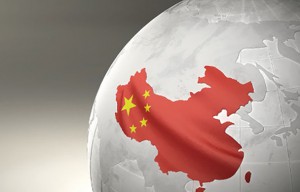China Overview
China is the fastest growing large economy in the world. According to the World Bank, China’s 2008 Gross Domestic Product (GDP) is the third largest in the world and second largest based on purchasing power parity. With 1.3 billion people, China is the most populous country in the world. International Monetary Fund estimates that per capita GDP in China is approximately US$3,300 and US$6,000 based on purchasing power parity.
For the 30 years since the Chinese government enacted economic reforms in 1978, the country has maintained an average annual GDP growth rate of 9.8%, more than three times the world average. Since China formally joined the World Trade Organization in 2001, the country’s exports have increased to over $1.4 trillion in 2008, ranking the second largest in the world. Imports have more than quadrupled to $1.1 trillion in 2008, ranking the third largest in the world. At the end of September 2009, China’s foreign reserves hit a new high of US$2.3 trillion, making it the world’s largest foreign reserve.
The global financial crisis in 2008–2009 took a toll on China’s economy. GDP growth in 2008 slowed to 9%, the first time it fell to single-digit range since 2003. Export-oriented industries were especially impacted as demand shrank amid global recession. The Chinese government responded with a $585 billion economic stimulus package, approximately 13% of China’s 2008 GDP. The Chinese central bank also adopted measures to increase liquidity. During the first three quarters of 2009, new loans hit a record high of approximately US$1.3 trillion. Recent data indicates that the Chinese government’s efforts to stimulate domestic demand have shown early signs of recovery. On a year over year basis, China’s GDP expanded 6.1% in Q1, 7.9% in Q2, and 8.9% in Q3 of 2009. In the first nine months of 2009, China’s GDP achieved a 7.7% annualized growth rate, on track to deliver the Chinese government’s 2009 growth target of 8%.


